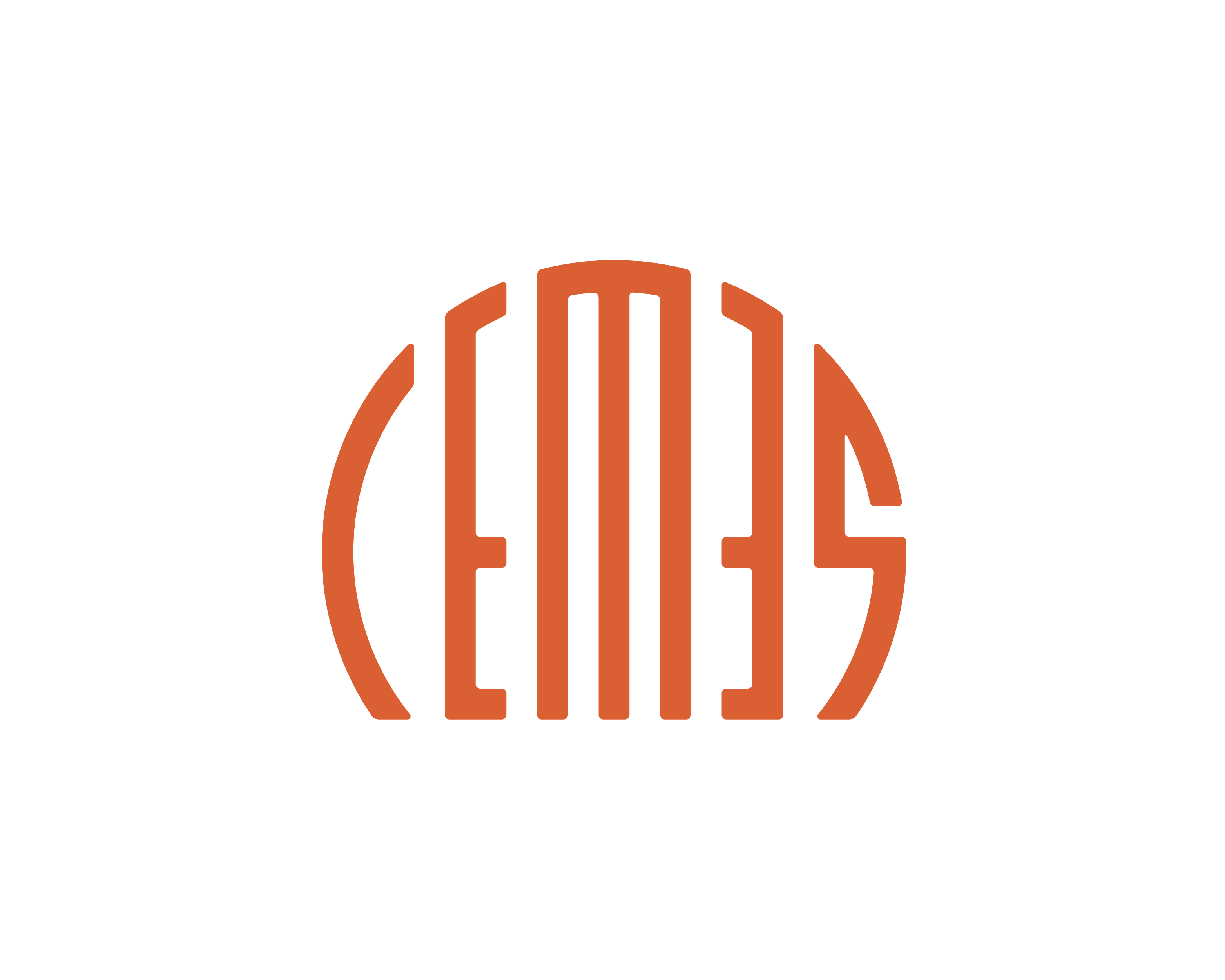Tunable infrared Plasmons in low dimensional semiconductors
NANOSCIENCE

Lab: CEMES
Duration: NanoX master Internship (8 months part-time in-lab immersion)
6 months full-time internship
Latest starting date: 01/03/2022
Localisation: CEMES-CNRS, 29 rue Jeanne Marvig, 31055 Toulouse cedex 4, France
Supervisors:
Jean-Marie POUMIROL, Dr jean-marie.poumirol@cemes.fr
Caroline BONAFOS, Dr caroline.bonafos@cemes.fr
This research master's degree project could be followed by a PhD
Work package:
Surface Plasmons are electromagnetic waves coupled with the collective oscillations of the free charge carriers. They are localized at the interface between two medias of opposite permittivity. Excited by light these modes form a hybrid quasi-particle with photons called polaritons. Plasmon-polaritons are strongly localized and confine the electromagnetic field to a volume smaller than the diffraction limit [1]. The resulting local electric field induces an unprecedented enhancement of the optical processes. Polaritonic modes are the perfect tool to confine, control and manipulate light at the nanometric scale. From a more fundamental point of view, the subwavelength confinement and resulting enhancement of the electromagnetic field, provides a platform to study light-matter interaction in nanoscopic systems. Noble metals, principally gold and silver, have for a long time been the reference materials in this field. Recently, it’s been realized that the band properties of some semiconductor deeply affect the collective excitations of coulomb interacting electrons, allowing an unprecedented dynamic control over their plasmonic resonances [2]. The goal of the scientific project in which this internship take place is to study the formation and the optoelectronic properties of the new plasmon polariton modes that appear in two types of semi-conductors: Transition metal dichalcogenide (TMD) [3,6] and hyper doped silicon nanostructures [5]. The master internship is focused first on studying the infrared optical properties of: (i) silicon based metasurfaces, to determine the impact of electron-phonon coupling on the plasmonic lifetime and energy; (ii) BN encapsulated WSe2 and MoSe2 heterostructures, to measure the dielectric function at low energy. In a second time the experimental set-up will be upgraded and coupled to a tunable NIR-visible laser source that will be used to optically pump carriers into the system. Helicity of the laser light will be used to selectively dope one valley over the other and generate non-reciprocal plasmon propagation [5].
This work will be very useful for other works in progress, in particular to help quantifying the impact of valley selective doping on the plasmon polariton propagation.
References:
1. Maier, S. A. Plasmonics : Fundamentals and applications; Springer Science and Business Media (2007).
2. Optical far-infrared properties of a graphene monolayer and multilayer, Falkovsky, L. & Pershoguba, Phys. Rev. B 76, 153410 (2007).
3. Polaritons in layered two-dimensional materials, T. Low et al, Nature Materials 16, 182–194 (2017))
4. Chiral plasmons without magnetic field, Song, J. C et. al. Proc Natl Acad Sci USA 113, 4658–4663 (2016).
Recent publications of the NeO team on the topic:
5. Hyper-Doped Silicon Nanoantennas and Metasurfaces for Tunable Infrared Plasmonics, J.-M. Poumirol, C. Bonafos et al, ACS Photonics, 8, 5, 1393–139 (2021)
6. Unveiling the optical emission channels of monolayer semiconductors coupled to silicon nanoantennas, J.-M. Poumirol, V. Paillard et al, ACS Photonics 7, 3106 (2020)
Areas of expertise:
Nano-optics, silicon antennas, Fourier transform infrared spectroscopy, plasmonics, non-reciprocal optics, 2D materials.
Required skills for the internship:
Very good background in general physics (optics, electromagnetism, solid state physics, quantum physics) e.g. B.S. in physics, strong interest in optical experiments.
